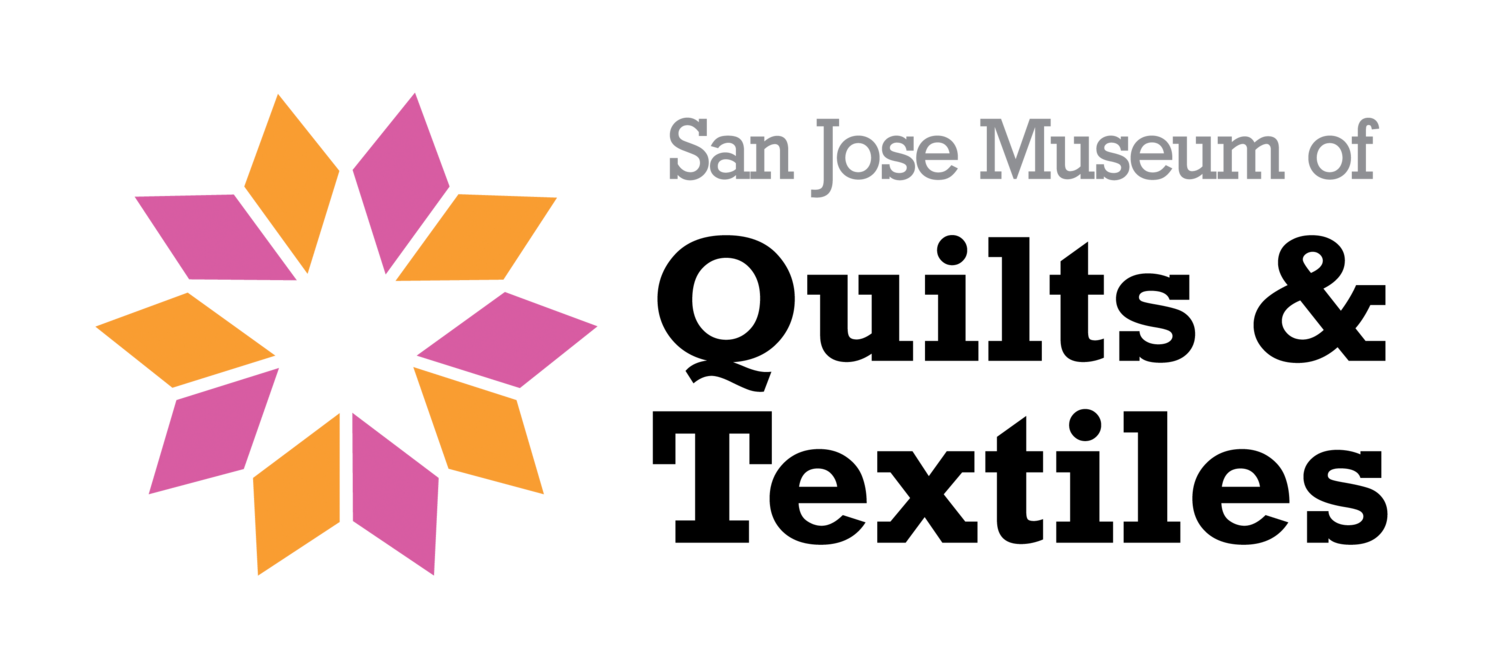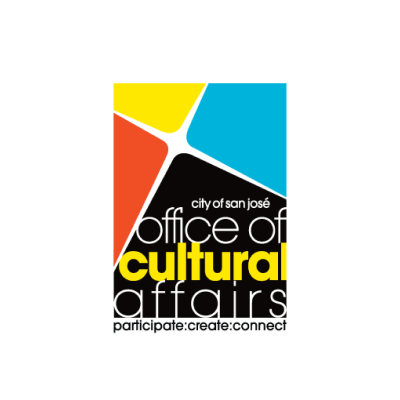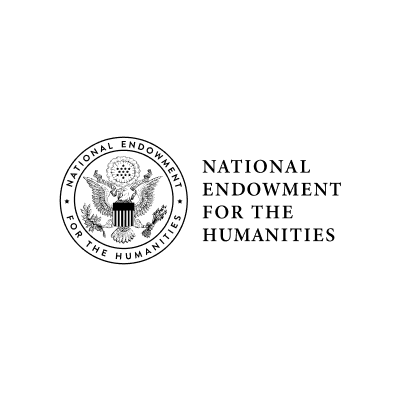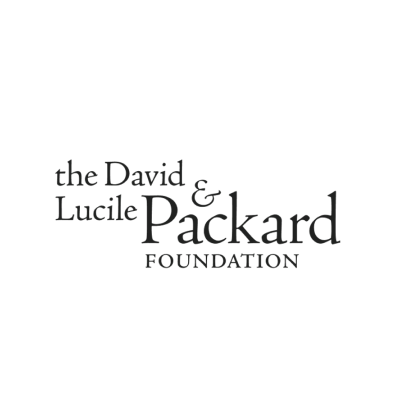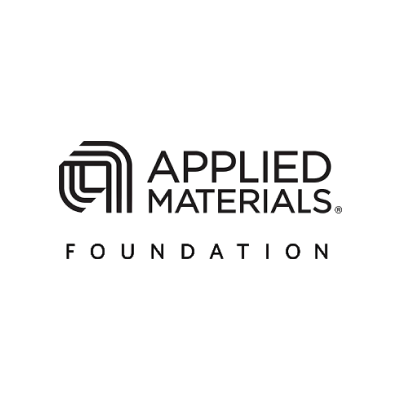Written by Gary Singh
San Jose Metro, July 2015
SIXTY YEARS AGO, artist Robert Rauschenberg blurred the line between visual art and the common comforter. In a piece, aptly titled Bed, he took a quilt and a bedsheet, stuck it on a frame and painted on it. Once attached to a wall in a gallery, the work became one of his most heralded projects.
Right now, in a new show at the San Jose Museum of Quilts and Textiles, “Found/Made,” one can see
Joe Cunningham’s response. Bed, after Rauschenberg (2013), is a quilt made from appropriated canvas paintings, all machine-pieced, appliqued and quilted together. Standing back from the work, one wouldn’t even know the material is canvas.
“Found/Made” features works that either push the boundaries of traditional quiltmaking or question the medium altogether. Incorporating scraps of old Levi’s, oil paint, leather and torn up rock shirts, these textiles will surely change the way some people think about quilts.
The show includes works by local quilt artist Therese May. One in particular, Therese (1970), could call itself a retro, split-selfie. Created from recycled thrift-store fabrics and other materials, the quilt’s fragmented presentation conjures the 1970s split-personality film, Sybil. May shows the viewer a cadaver-esqe cross-section glimpse of her face—reminiscent of the Body Human documentary series from the same era. Call it a suburban San Jose thrift store, retro B-film, exposé of the divided self.
For those who keep used laundry all over the bed, [The American Context #2] Bed Clothes (2010), by Luke Haynes will certainly inspire. Composed of old shirts, pants and shorts quilted together into a bedspread of sorts, the quilt hugs the bottom corner of the wall, up and down, as if covering a dingy old futon.
And then there’s the work of Ben Venom. Who’d imagine quilts with Harley Davidson imagery, skeletons, or recycled Shepard Fairey “Obey” shirts? About a third of the show seems dedicated to such influence. Venom’s War Bird West, for example, is an eagle’s head made from heavy metal t-shirts on a black background. Viewers will immediately feel inclined to examine the work up close and see if they can identify any of the bands. “Hail Satan” appears prominently.
Just as the many scraps of assorted cloth come together to form a quilt, so too do the multitude of quilts on display in “Found/Made” comprise a larger narrative: The collage method of acquiring found objects that so often emerges in painting, sculpture and installation should not discount quilting. The works in the show more than prove that.
